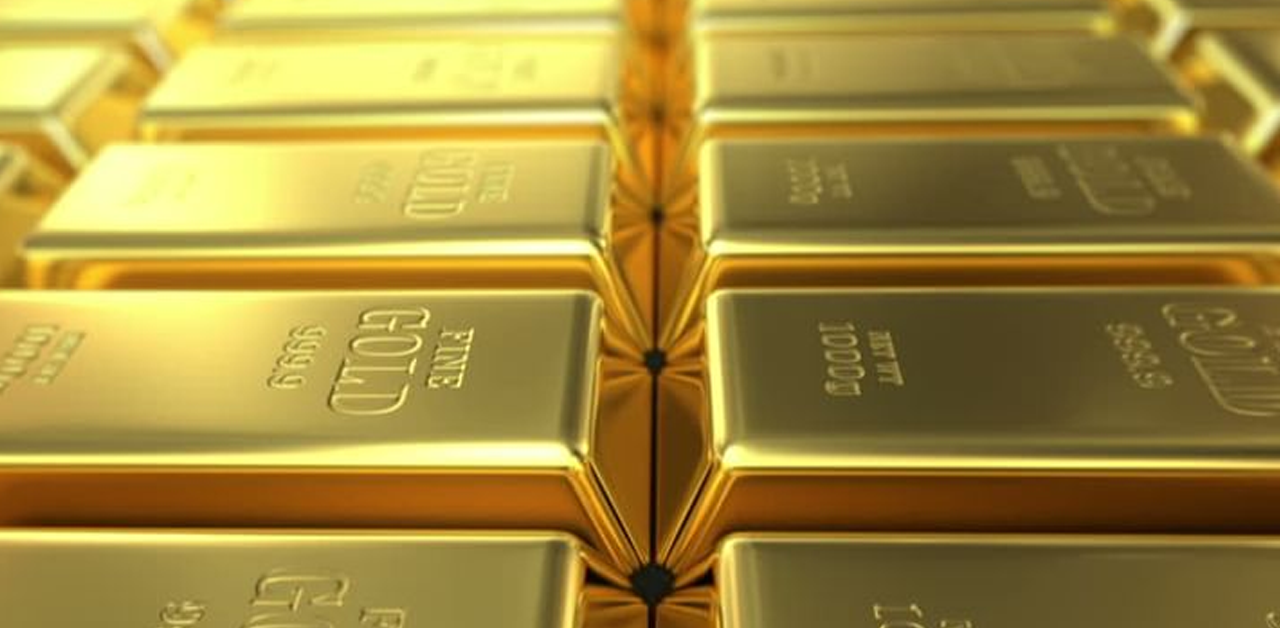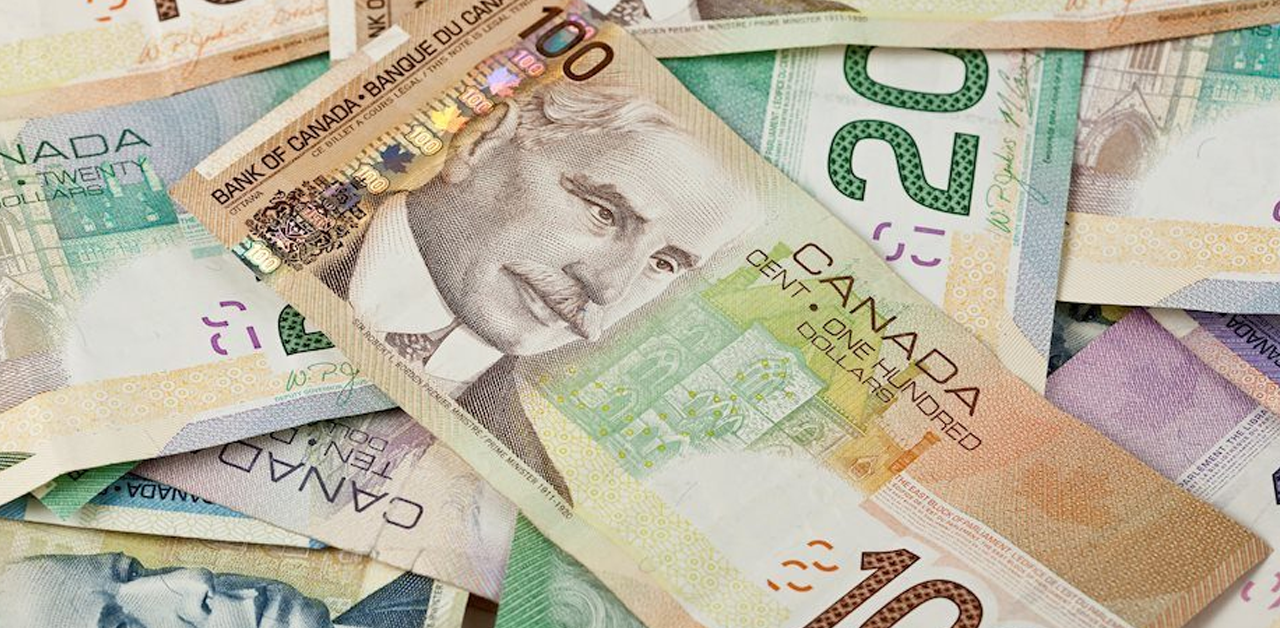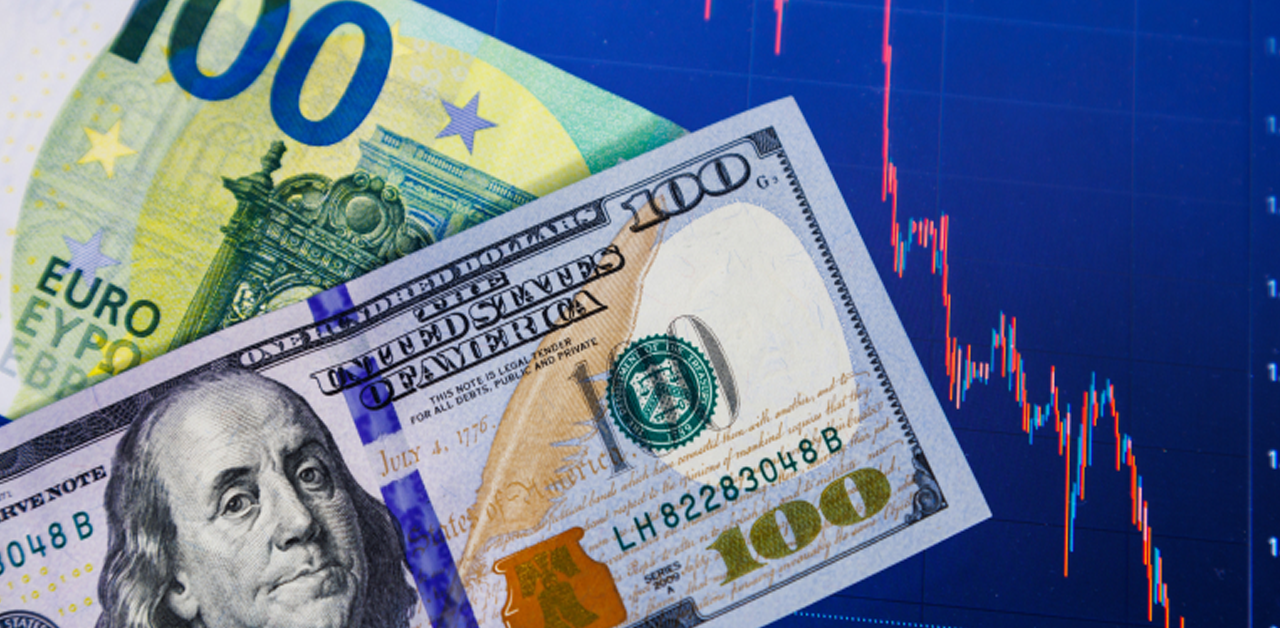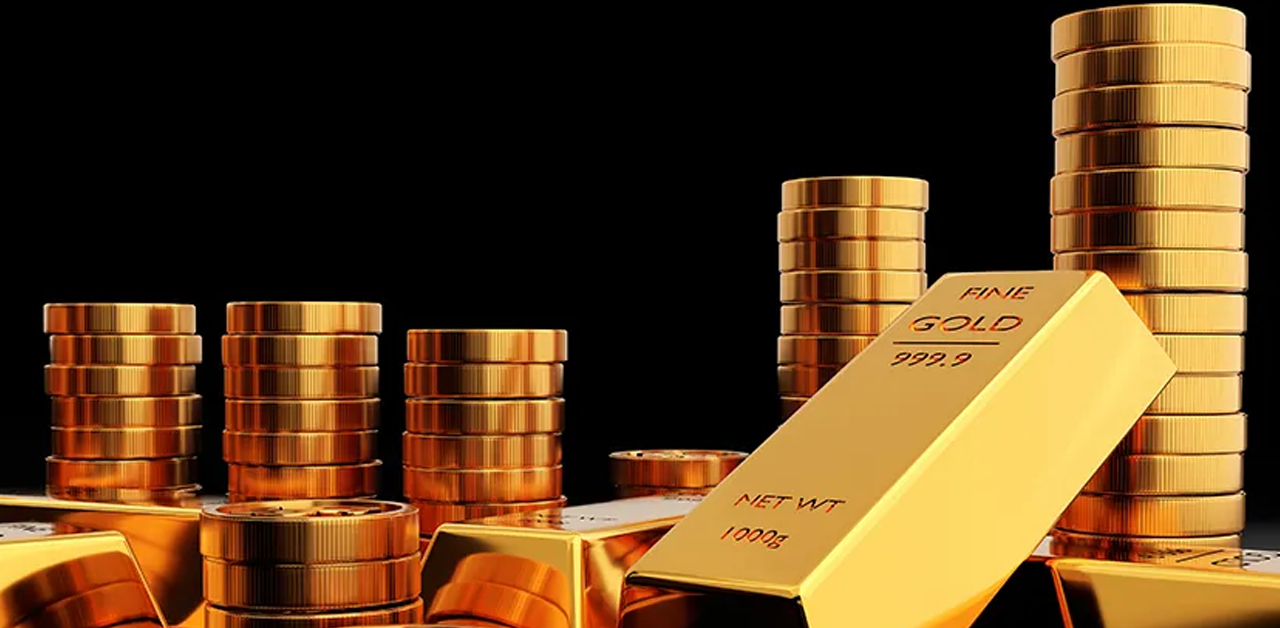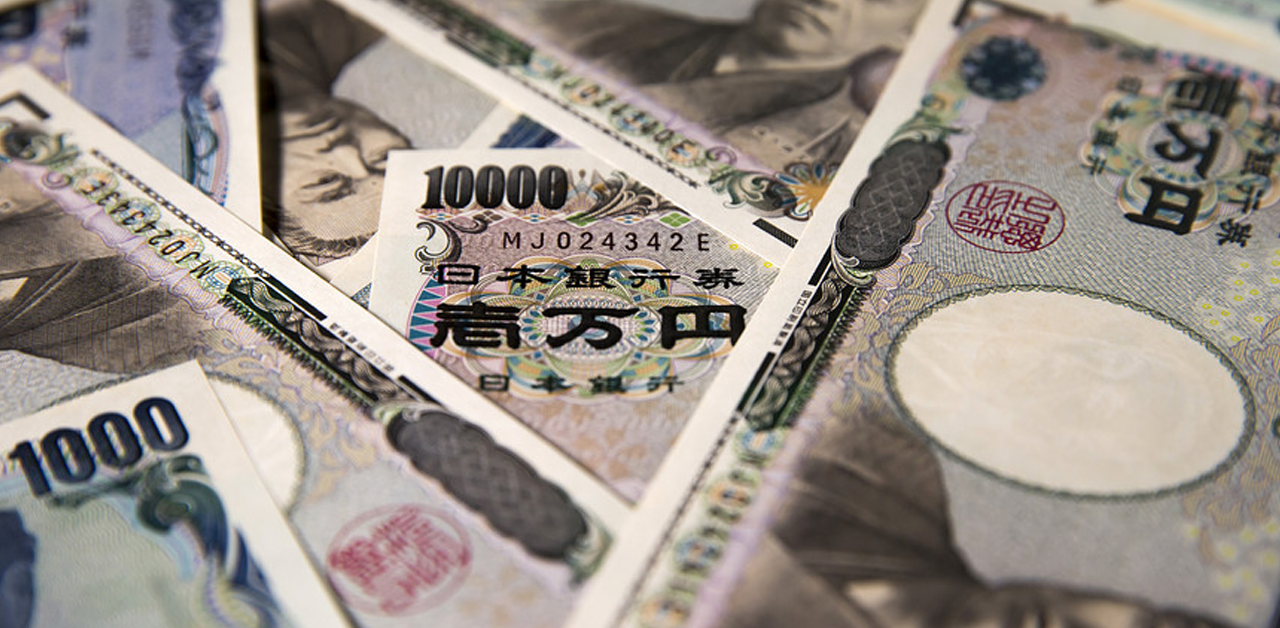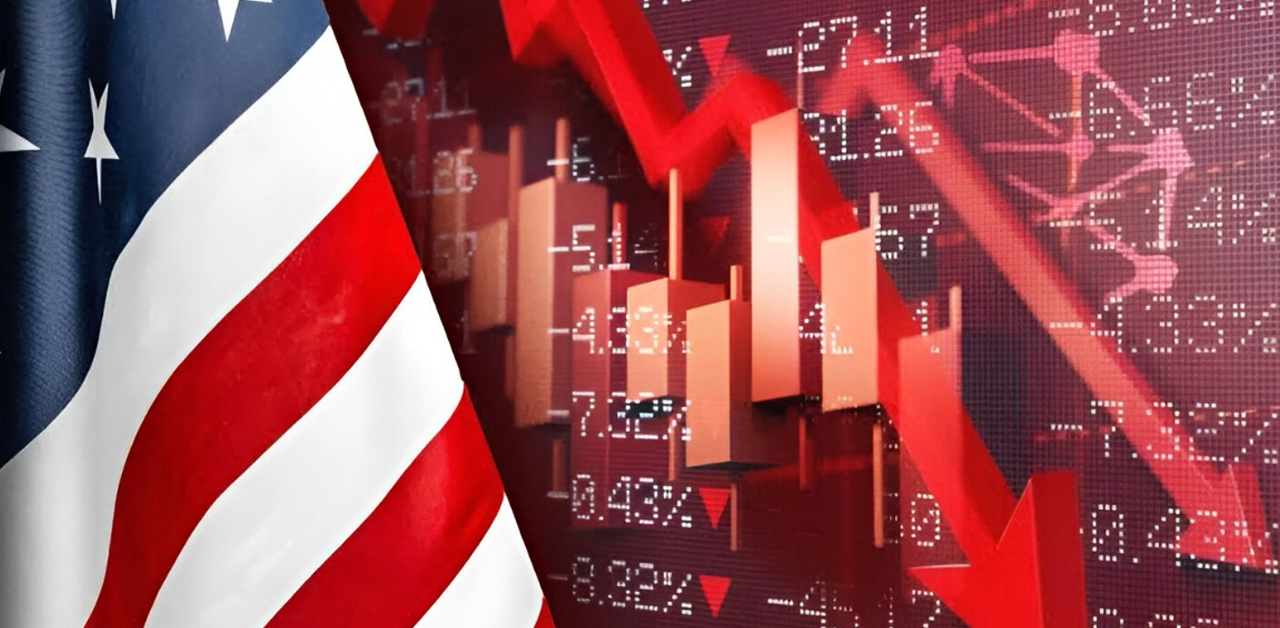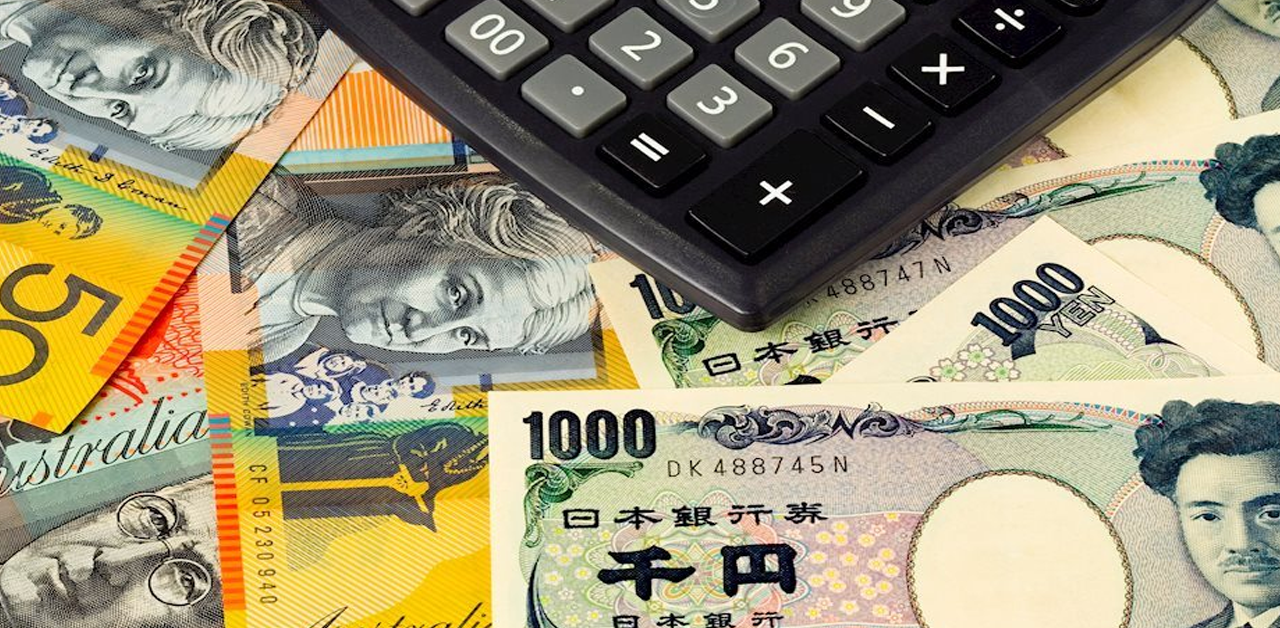Surprise BoC Hike Fuels Hawks Around the World
The surprise 25bp hike from the Bank of Canada (BoC) yesterday sent shockwaves across the financial markets. BoC decision to resume its rate hikes after a two-meeting pause and the surprise 25bp from the Reserve Bank of Australia (RBA) a day earlier fueled the central bank hawks around the world and boosted the Federal Reserve (Fed) rate hike expectations as well.
Now it’s important to note that the US Fed isn’t a fan of this kind of surprises, so the pricing of expectations before meetings are generally accurate. Activity on Fed funds futures now gives around one third chance of a 25bp hike at June meeting, and a two thirds chance for at least a 25bp hike when the FOMC meets in July.
As a result, the US 2-year yield, which captures the Fed rate expectations is under a renewed pressure above the 4.50% mark, while the US 10-year yield is around 3.80%.
If the Fed expectations become more hawkish, we will likely see the 2-year yield headed to 5%, but the upside potential in the 10-year yield is much less, as the aggressive rate hikes coming from once-too-patient-but-now-impatient policymakers will push the world economy into a deeper chaos in H2, Higher recession odds for a potentially deeper recession will inevitably resurface and further widen the gap between the 2 and 10-year papers.
What does Russell 2000 try to tell us?
The surprise RBA and BoC hikes, and the rising yields are bearish for stock valuations. The TSX gave back 0.36% yesterday, the S&P500 rebounded lower by a similar amousummer’sm last summer peak levels, while the rate-sensitive Nasdaq dived 1.75%, as the overbought names of the past weeks, like Nvidia for example, were rapidly sold to lock in profits. Nvidia lost more than 3% yesterday.
But the Russell 2000, which has underperformed the S&P500 and Big Tech stocks since the bank crisis, jumped almost 2.50% yesterday after a 2.70% gain recorded the day before. According to the Bear Traps Report, there have been only two days since 1990 when the S&P500 gained less than 0.25% and the Russell 2000 jumped more than 2.5%.
Note that, the Russell 200 rally doesn’t mean that small caps could better weather the rising rates, on the contrary, small companies are more vulnerable to the rising rates and tightening credit conditions, but the surprise small cap rally could be a sign that the rally in Big Tech has certainly gone too far, and there is some rebalancing happening in the portfolios.
The US dollar consolidates near the highest levels since mid-March, but hawkish bets for other major central banks keep the dollar’s upside potential limited at the current levels. The EURUSD remains bid around the 1.07 level, Cable bulls aim at the 50-DMA, near 1.2460, for a further rise toward the 1.25 mark, while the USDJPY finds sellers at the 140 level. The data released this morning hinted at a higher Japanese trade surplus in April, while the Q1 growth was revised higher.
In Turkey, the lira lost 7% against the US dollar yesterday, as the Treasury and Finance Ministry, under the leadership of freshly appointed Mehmet Simsek asked the central bank to wane its FX interventions. Interventions apparently resumed after the USDTRY hit the 23 mark, yet the recent jitters in the Turkish lira is a sign that Turkey will abandon its costly and unsustainably FX interventions. The risks for USDTRY are tilted to the upside and the pair could easily jump to 30/35 if left trade free.
Elsewhere, gold is also under the pressure of rising yields and strong US dollar. The price of an ounce is testing the 100-DMA, near the $1940 level, to the downside and the selloff could accelerate if support is taken out. The next reasonable target for gold bears is $1905, the major 38.2% Fibonacci retracement on November to May rally, and which should distinguish between the actual positive medium term trend, and a bearish reversal.


